On May 23, 1914, three hundred and seventy-six Indian immigrants — mostly Sikhs, but including Muslim and Hindu migrants as well— steamed into Vancouver’s harbor on the Japanese ship Komagata Maru in search of a new home and economic security. They had traveled from India to Hong Kong to British Columbia that spring and hoped to settle in Canada at last, but prevailing racist policies and assumptions prevented them from entering the Dominion.
Parks Canada describes the extent of Canadians’ hostility toward the 376 refugees and the legacy of the incident:
In the weeks that followed, conditions on the ship, including access to food and water, grew desperate. The local South Asian community rose to the defense of the passengers, formed a committee, raised large amounts of money, and hired a lawyer to challenge the restrictive immigration laws. A test case was put before the courts, but lost in its final appeal, and the passengers were issued deportation orders. When they refused to leave until provisions for the return trip were supplied and fought attempts by officials to board their ship, the government sent in the heavily-armed warship HMCS Rainbow. The Komagata Maru passengers stood their ground, singing patriotic songs and reading from Sikh scripture. Finally, thanks in part to efforts by the local South Asian community to negotiate an agreement, the government provided food and water for the ship. On 23 July 1914, the Komagata Maru left Vancouver harbor with the majority of its passengers aboard and returned to India.
Their arrival provoked massive opposition from the public, and prevalent ideas of race and exclusion held by the majority of the local population led to an outpouring of racial rhetoric and considerable effort to force the ship’s return to India. In response to this backlash, the local South Asian community came together to fight the deportation of the passengers. While a legal challenge mounted, the community was unsuccessful and the vast majority of the passengers were forced to leave. This collective action was a pivotal event in the community’s early struggle for equal treatment in Canada. Today, the Komagata Maru incident has resonance within Canadian history and public discourse and has significant iconic value within the South Asian-Canadian community.
The passengers’ own story did not end in July when they returned to India. From the Canadian Museum for Human Rights:
The Komagata Maru returned to India on September 26, 1914. British authorities suspected that the passengers were revolutionaries arriving to make trouble. There was an altercation between authorities and passengers, and shooting started. When it ended, 22 people were dead, including 16 passengers. More than 200 of the surviving passengers were imprisoned.
On May 18, 2016 — almost 102 years after the ship arrived in Vancouver — Canadian Prime Minister Justin Trudeau formally apologized for Canada’s actions.
Learn more about the Komagata Maru story at the Komagata Maru: Continuing the Journey digital collection and website, which offers audio and visual content, an interactive timeline, passenger list, biographies, and more.

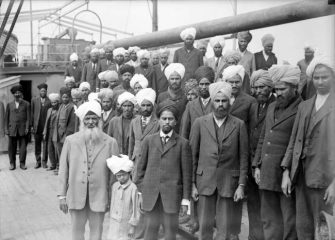
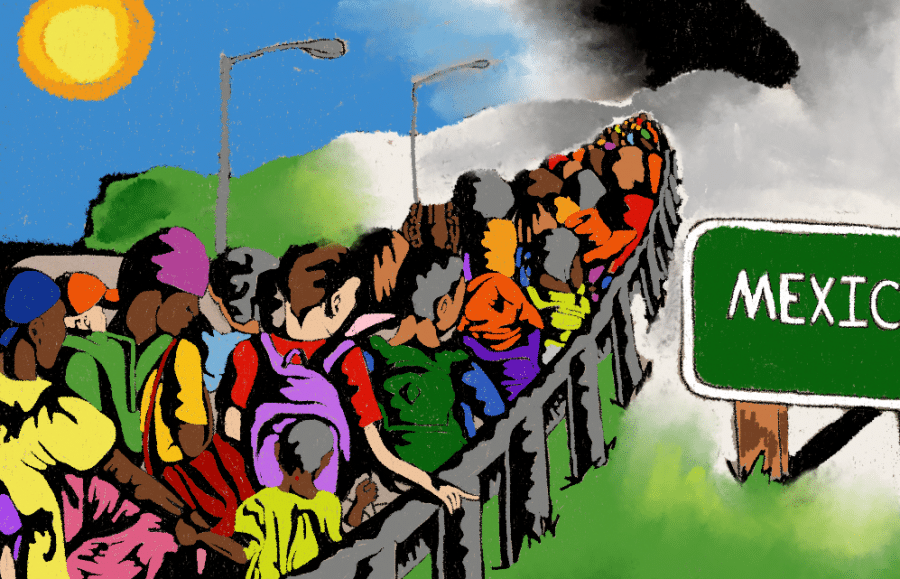
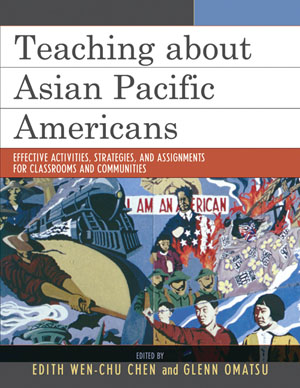
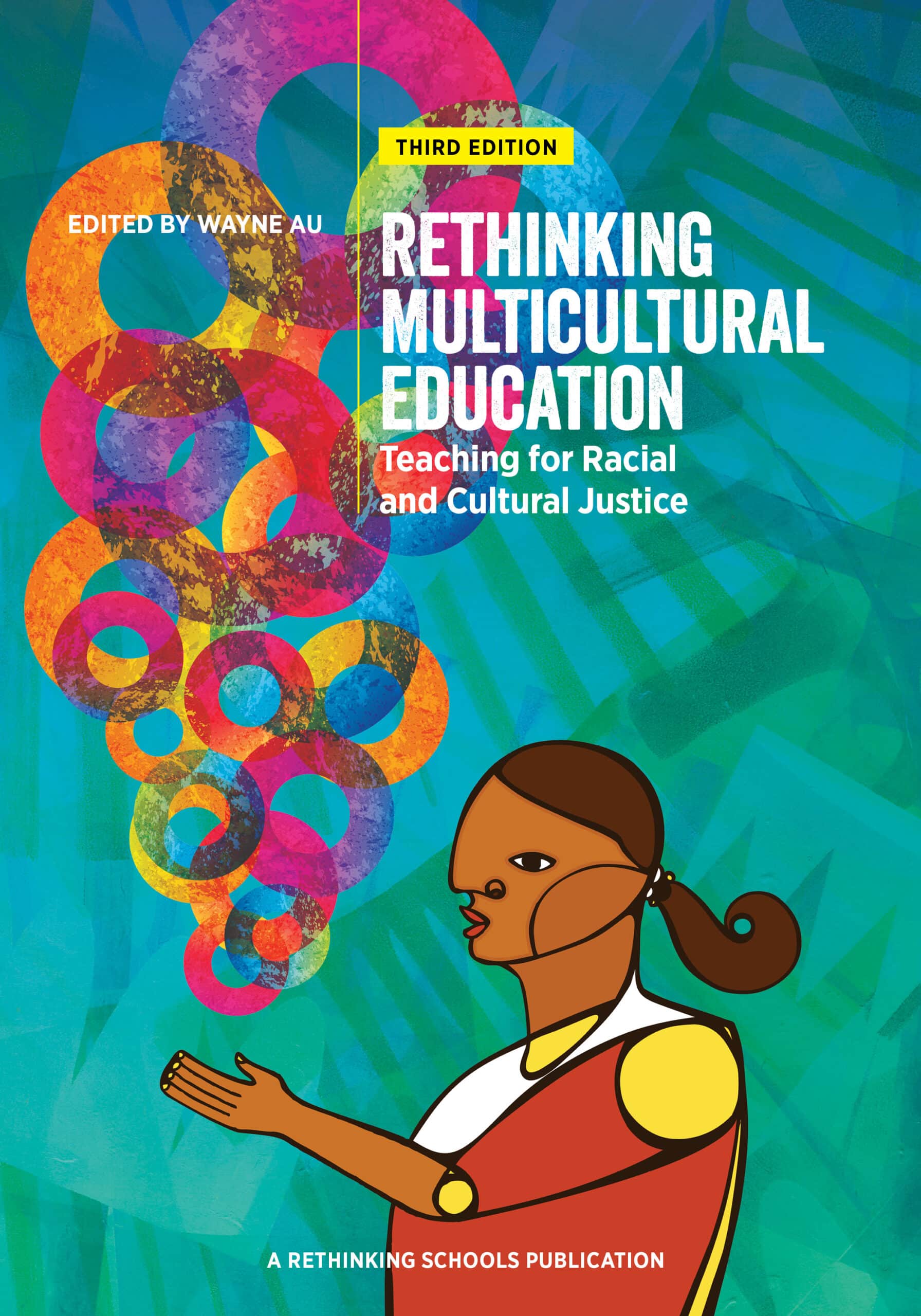
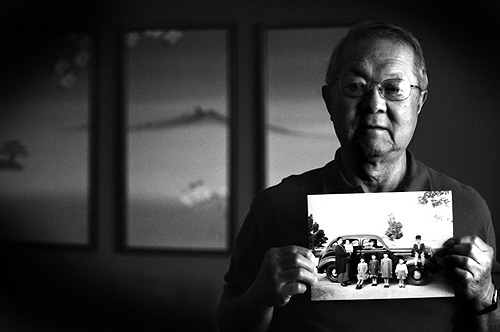

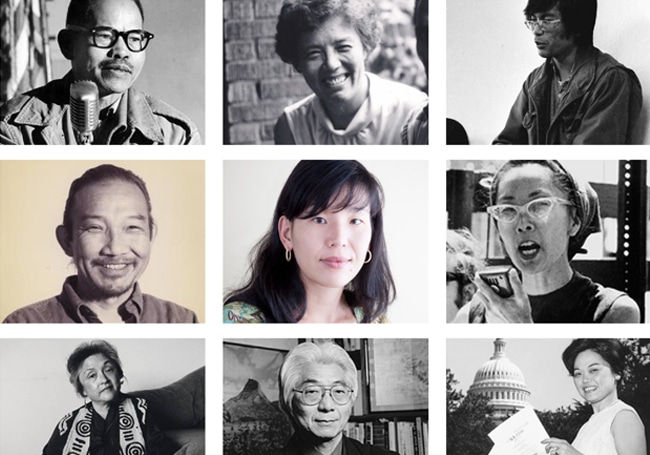
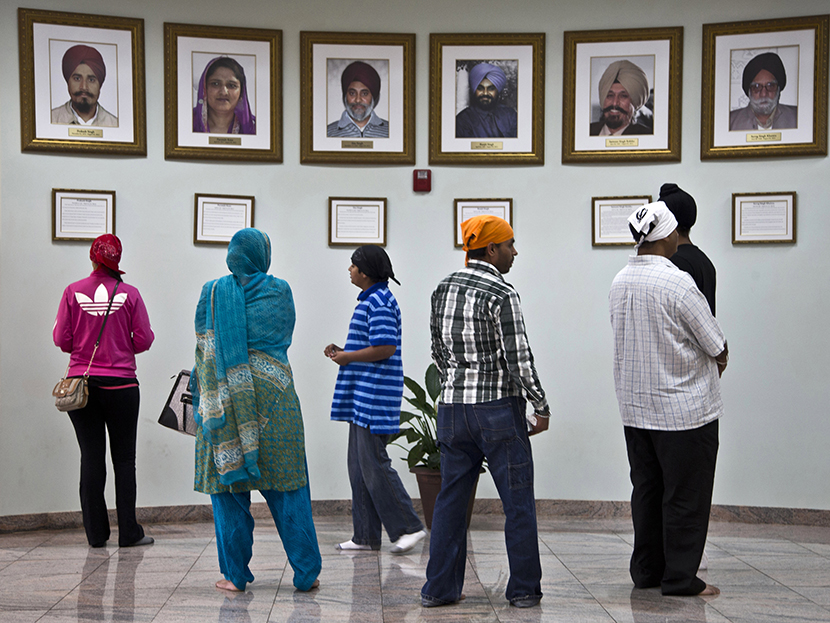





Twitter
Google plus
LinkedIn